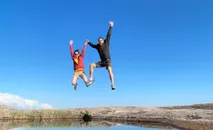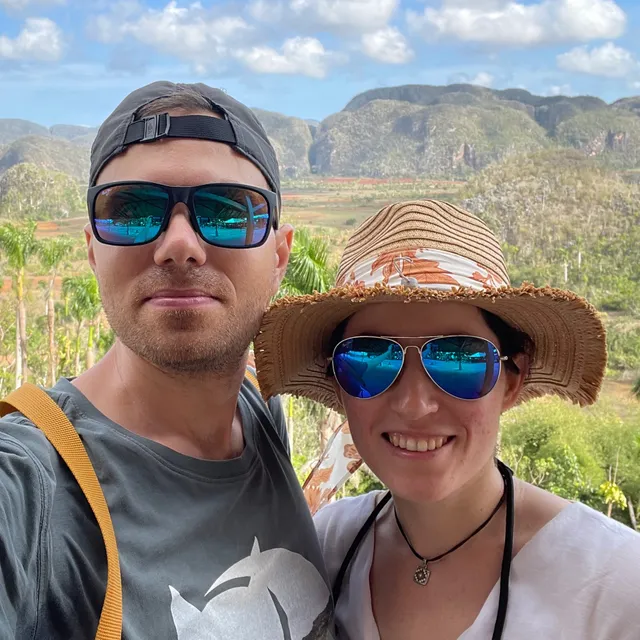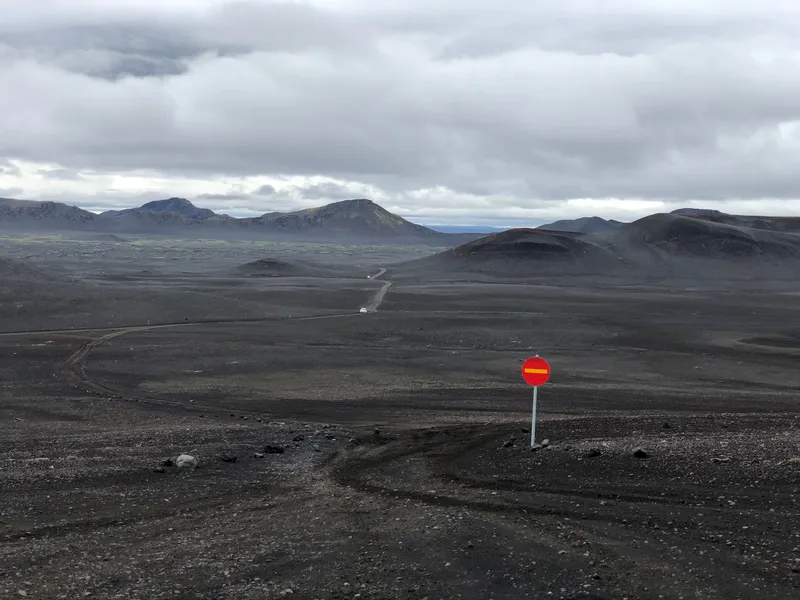Iceland is the only place where we have been not just once, but 5 times so far. And we keep feeling drawn to it every now and then. We’ve been in Iceland in every seazon, for a total of almost 4 months during 3 years: 2020, 2021, and 2022.
Each season has its own beauty, and they are all worth seeing. However most of you won’t have time for every seazon, or won’t even want to go there in winter. Others might want to go to Iceland to see the northern lights, which means other season than summer.
Best months for Northern Lights
I’m affraid that northern lights and summer don’t go well together. That is true for any destination where the lights are visible, not just Iceland. The northern lights are a natural fenomena that happens in the areas of our planet that is closer to the poles. In these place the sun never sets in the summer, and the nights are very long in the winter. While the northern lights are present on the summer sky as well, we won’t be able to see them because the light made by the sun is brighter.
This doesn’t mean that you have to go in the winter months to see the northern lights. The lights can be seen during the night time, so you have to go at a time where there’s night.
However, it is worth mentioning that the longer the night time, the more chance you have to see the northern lights without staying up all night. For example, if the sun sets at 9PM, you will have night time, but you will have to stay awake until 2AM.
For the reasons mentioned above, we would chose to go to Iceland for the northern lights during the time when the night is the longest, which means December and January. Though, any time between October and through February is a good option as well. We’ve seen the northern lights in October and in December. The weather is a bit warmer in October, while December and January are freezing cold.
If you want to learn more about the Northern Lights, then we have several articles, including how to chance the Northern Lights:
 Travelfoss
Travelfoss
Best months for Weather
As the name suggests, Iceland is not a warm climate country. But it’s also not cold to scare you away. The temperatures don’t vary that much like in most countries. In the inhabited areas of Iceland, the temperatures very rarely drop under -10 Celsius, and in the summer the temperature stay below 20 Celsius.
The lowest temperature that we experienced in Iceland was in December, on a beautiful sunny day, with clear sky and no wind. There were -8 degrees Celsius. These calm and sunny days are usually the coldest, because they come with cold air from the north. Windy days bring warmer air from the south, and rain / snow clouds. It was not that bad because the sun created spectacular views, and without the wind the temperature is bearable. Warmer, but windier days are worst. Even if the temperature is around 0 degrees Celsius, the real feel created by the wind is lower.
The highest temperatures are of course during the summer months, especially June and July. However, it might rain a lot during this time. You should be prepared with waterproof gear for your trip. On rainy days, the temperatures can be around 10 degrees, and on sunny days around 20.
If you’re not interested in the Northern Lights, and you don’t like cold weather, then summer is the best time to visit Iceland. We would recommend especially the period around June 20 - July 5. At this time the lupins are in fool bloom and they create an astonishing landscape.
What about Spring in Iceland?
We’ve been in Iceland in May when the volcano was erupting. As you can imagine, we didn’t care much about the weather. However, there was a lot less green than we expected it to be. It is in May that we’ve also been to the Heimey island. The weather is not too cold, but not warm either. Although, if not for the volcano eruption, we wouldn’t necessarily pick this month to travel to Iceland.
… and Autumn?
In Autumn you can avoid the crowds, but the weather might not be as pleasant as in the summer. If you also want to see the Northern Lights, then autumn might be a good combination, although the nights are still too short in September. October could be a great month to explore the island and also to some northern lights chasing. Although it will be cold, even freezing cold during the night, and you won’t see the summer colors.
We personally would recommend travelling to Iceland twice, in different seasons, but we know that most people can only afford time and/or money to go once. Unfortunately we don’t have too many posts about Iceland yet because there’s a lot to write about this magnificent country:
 Travelfoss
Travelfoss
Related Travel Articles
- What You Should Know Before Photographing the Northern Lights with Your iPhone - Aurora Borealis
- Northern Lights Forecast - Aurora Borealis
- 7 Unique Travel Destinations for 2024
- How to Take Photos of the Northern Lights with Your Phone Camera - Aurora Borealis
- The Diary Of 24 Consecutive Days Of Northern Lights Chasing - Aurora Borealis
- Northern Lights Myth Busting - Aurora Borealis
- 7 Most Common Northern Lights Chasing Mistakes - Aurora Borealis
- How To Chase and Forecast The Northern Lights - Aurora Borealis
- How to Photo Shoot The Northern Lights With Your iPhone - Aurora Borealis

Writing free, independent and personal travel content since 2021. If you appreciate what we do, then you can return the favor by using the affiliate links below.
- Get your accommodations on Booking.com
- Buy your gear and gadgets from Amazon
- Book flights using Expedia
- Book activities on Get Your Guide
- Book guided trips on G Adventures

Writing free, independent and personal travel content since 2021. If you appreciate what we do, then you can return the favor by using the affiliate links below with no cost for you.
